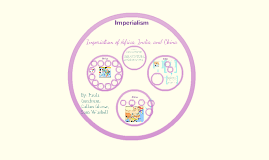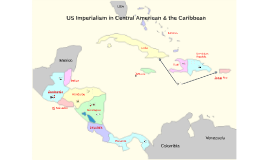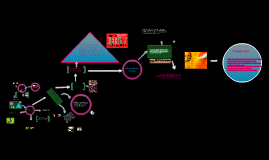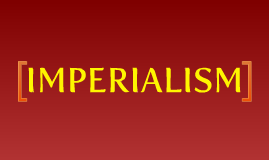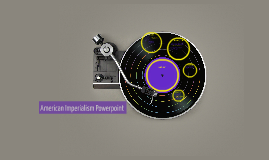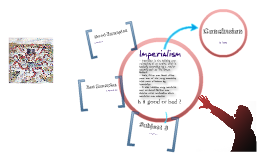IMPERIALISM
Transcript: IMPERIALISM COLONIAL INDIA BY: JULIANA LONDONO N. 1. Races and languages. 2. Geographical, climatic and ecological feautures. 3. Religions and form of goverment. 4. Natural Resources. 5. Economic relations with other countries. 6. Technological and Military Evolution. 7. Control of the country. 8. Independence and its process. 9. Webgraphy. 10. Video Races and Languages In India there was a mixture between an indigenous “Dravidian Race”, with some “Australoid”. These classifications were done because of the scientific racism, which was an excuse of classifying people in minor races because of European imperialism. During this period Britain divided India’s ethnic groups in two races: The martial race: brave people able to fight in British armies. The non martial: the unfitted unable to fight, this ones were in the rebellions It also had several languages, back then there were almost 10 different languages, the most used were: • English • Hindustani • Urdu Main Geographical, Climatic and Ecological feautures -India is located in South Asia by the Indian Ocean on the south, the Arabian Sea on the southwest, and the Bay of Bengal on the southeast. -India was one of the biggest countries and still being one, before it had more land including Indonesia and others that were lost in battles. -India was composed by highlands like the Himalayas and plains. With several peaks and mountain ranges. - The mayor rivers: Brahmaputra, Ganges, Meghna, Mahanadi, Godavari, Krishna, Kaver that flow into the Bay of Bengal - Climate: these give rise to desert in the west, alpine tundra and glaciers in the north, humid tropical regions sup-porting rain forests in the southwest, and island territories flanking the Indian subcontinent. -Seasons: winter (January and February), summer (March to May), a monsoon (rainy) season (June to September), and a post-monsoon period (October to December). Religion(s) and Form of Goverment Natural Resources and Exploitation The economy was based primarily on agriculture, establishing along the valleys near the river of Ganges and Indus. Britain made cash crops mainly of tea and opium. Also they had forests that produced a lot of wood and it limited with seas so the fishing was very rich. Among its mineral resources include deposits of iron, bauxite, manganese, zinc, chromium and gold also has coal, oil and natural gas. All of these resources were exploited by European countries that had more power, taking advantage of their poor people that worked and sold cheap and the trade routes making a huge market Economic relations with other countries and function India did not have an organized government, and suffered many wars. That is why when other empires or countries came to rule they could not defend their selves. Everyone wanted a piece of them for market, or resources or just more territory. During the early 19th century India was governed by the East Indian. India became a market place for finished goods from England. The East India Company traded mainly in cotton, silk, indigo dye, saltpetre, tea, and opium. Then after the mutiny un 1857 England took all control of India. The level of technological and military evolution, its relations. Most of the people cultivate so they did not know anything about warfare. They were divided in two, the ones in the British army and the rebellions. Indian armed forces in the British army played a vital role in both World Wars. The Army of India was raised under the British Raj in the 19th century by taking the old armies, putting them together and taking them to the Crown. Management of the Country First there was struggle in India for territory between its own chiefs so it made easier for Britain to attack. The period where they ruled was called "The Raj" where they imposed their policies like not lettng Indians work in offices and also extracted a lot of products. Independence Process Everyone was expecting something to happen, when suddenly Indians heard that the catridge of Einfield's rifle used by the British-Indian army was heavily greased with cow and pig fat which were sacred for Hindus and Muslims. It all began with a mutiny in 1857. Then they changed some rules to avoid another rebellion, but in 1898 when Lord Curzon became viceroy, Indian nationalist movement began to stir. In 1919 Britain gave the autonomy. Nonviolent resistance to British colonialism led by Mohandas Gandhi and Jawaharlal Nehru brought independence in 1947. Indians were discontented and made a mutiny in 1857, being the first act of indeoendence. http://faculty.weatherhead.case.edu/clingingsmith/india.deind.14nov07.pdf http://india.gov.in/knowindia/history_freedom_struggle.php http://en.wikipedia.org/wiki/Historical_definitions_of_races_in_India World History Book, pages 791-794 Webgraphy -Four of the major religions were originated in India: Hinduism Buddhism Jainism Sikhism But also other religions came to the country: Zoroastrianism, Christianity and Islam, all these religions






